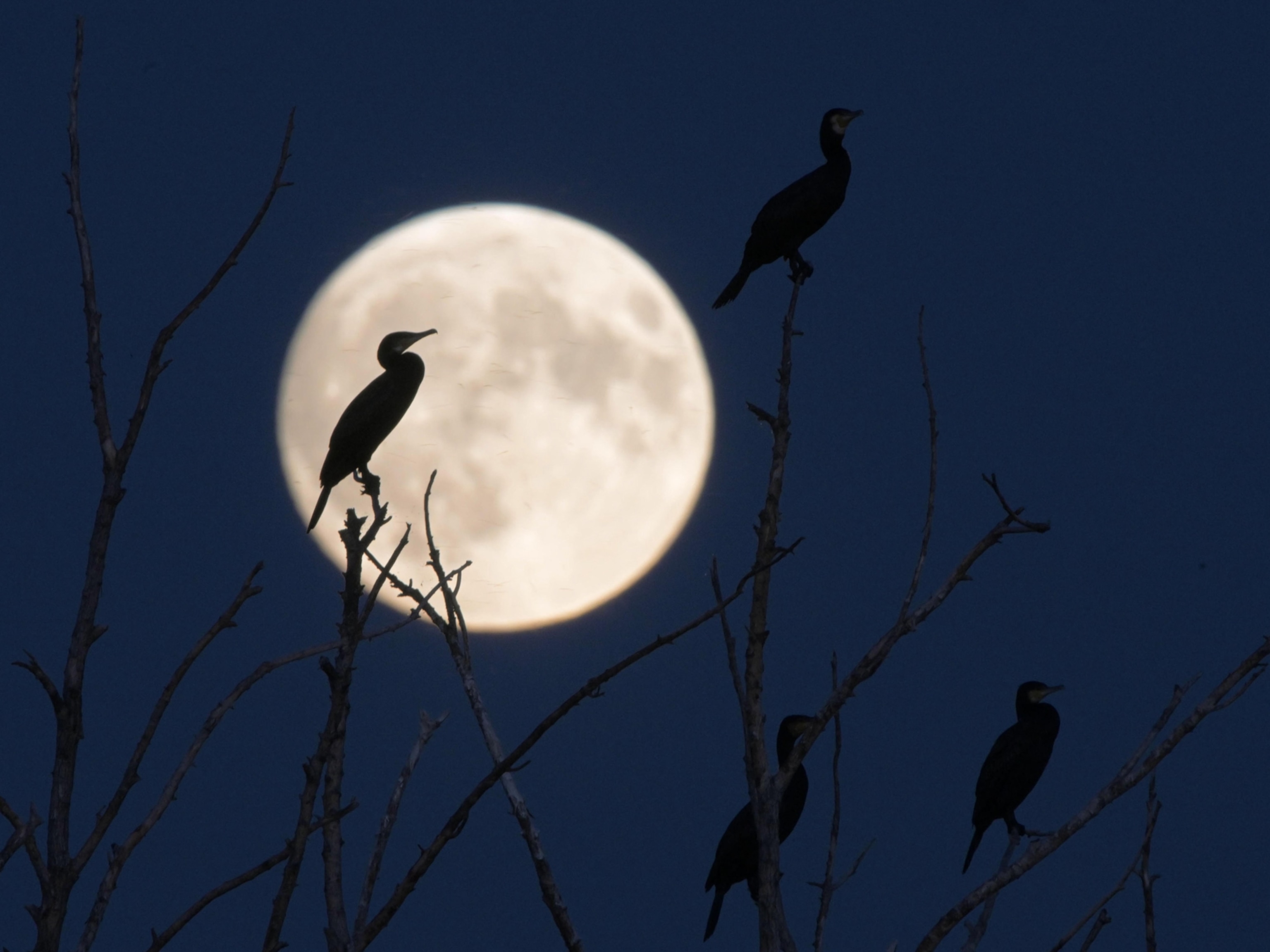Image courtesy R. Jay GaBany and D. Martínez-Delgado, MPIA
Pictures: New Proof Spiral Galaxies Eat, Digest Dwarfs
A new survey is the first to show that spiral galaxies beyond our cosmic neighborhood eat and digest orbiting dwarf galaxies.
September 9, 2010











